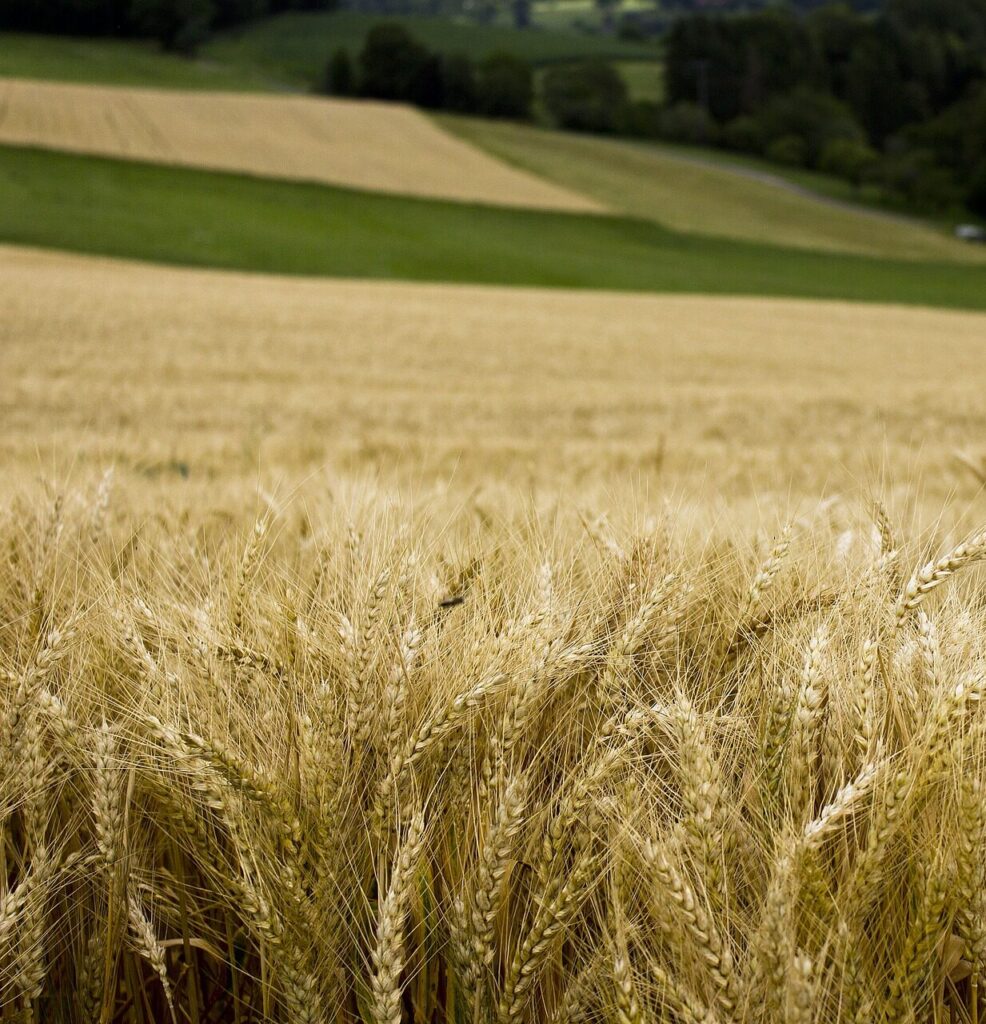
ESSIC Visiting Research Scientist Xuesong Zhang is lead author on a recent study that simulated the environmental impacts from the conversion of grassland to corn and soybeans for 12 US Midwestern states using the EPIC (Environmental Policy Integrated Climate) model. The paper’s co-authors include Tyler J Lark, Christopher M Clark, Yongping Yuan, and Stephen D LeDuc.
In recent years, the United States’ Midwest has experienced substantial grassland conversion to cropland, after decades of declining cropland area. Previous studies have estimated soil carbon loss due cropland expansion, but other important environmental indicators such as soil erosion and nutrient loss remain largely unquantified.
With the EPIC model, the researchers found that over 2 Mha of grassland were converted to crop production in these states, with much less cropland abandoned or retired from production. The net grassland-cropland conversion increased annual soil erosion by 7.9%, nitrogen (N) loss by 3.7%, and soil organic carbon loss by 5.6% relative to that of existing cropland, despite an associated increase in cropland area of only 2.5%.
This study suggests that grassland conversion in the Upper Midwest has resulted in substantial degradation of soil quality, with implications for air and water quality as well. Additional conservation measures are likely necessary to counterbalance the impacts, particularly in areas with high rates of grassland conversion such as the Dakotas and southern Iowa.
To access the article, click here: “Grassland-to-cropland conversion increased soil, nutrient, and carbon losses in the US Midwest between 2008 and 2016”.






